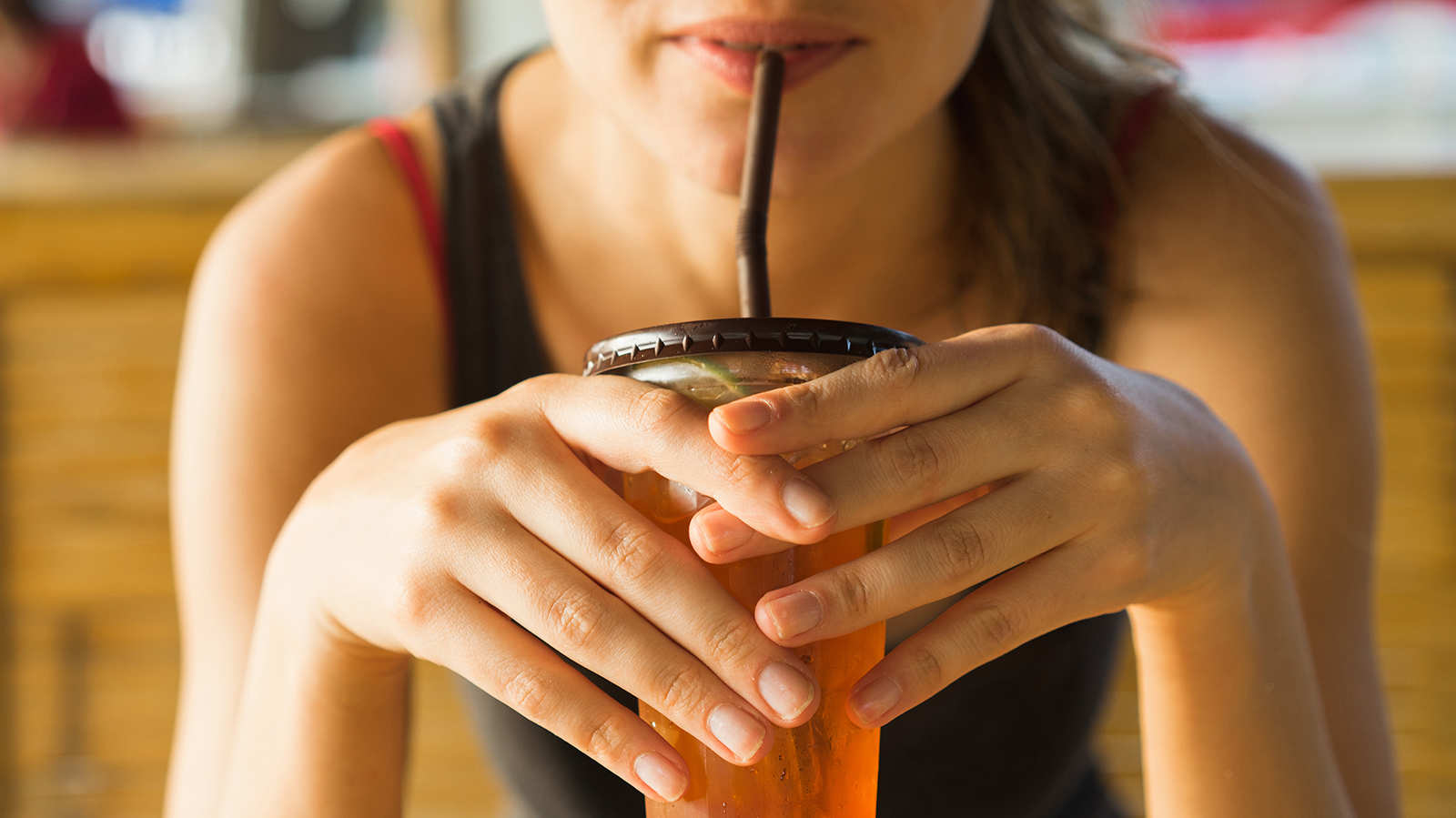Put down your bubble tea and metal straw, because we are about to burst the bubble about how much of what we do for the environment actually helps.
Plastics aren’t biodegradable and will, over time, degrade into small particles known as microplastics. Not only are microplastics potentially carcinogenic on their own, but they also attract harmful pollutants. And they stick around forever.
Other stories you might like




Microplastics have been found in our fish, honey and bottled water. And now, in our faeces, too – which means we are probably ingesting, digesting, and then passing microplastic out of our bodies.
So, to stop the microplastic invasion, countless people worldwide, and in Singapore, are refusing plastic.
But, how much are we actually doing?
Plastic straws
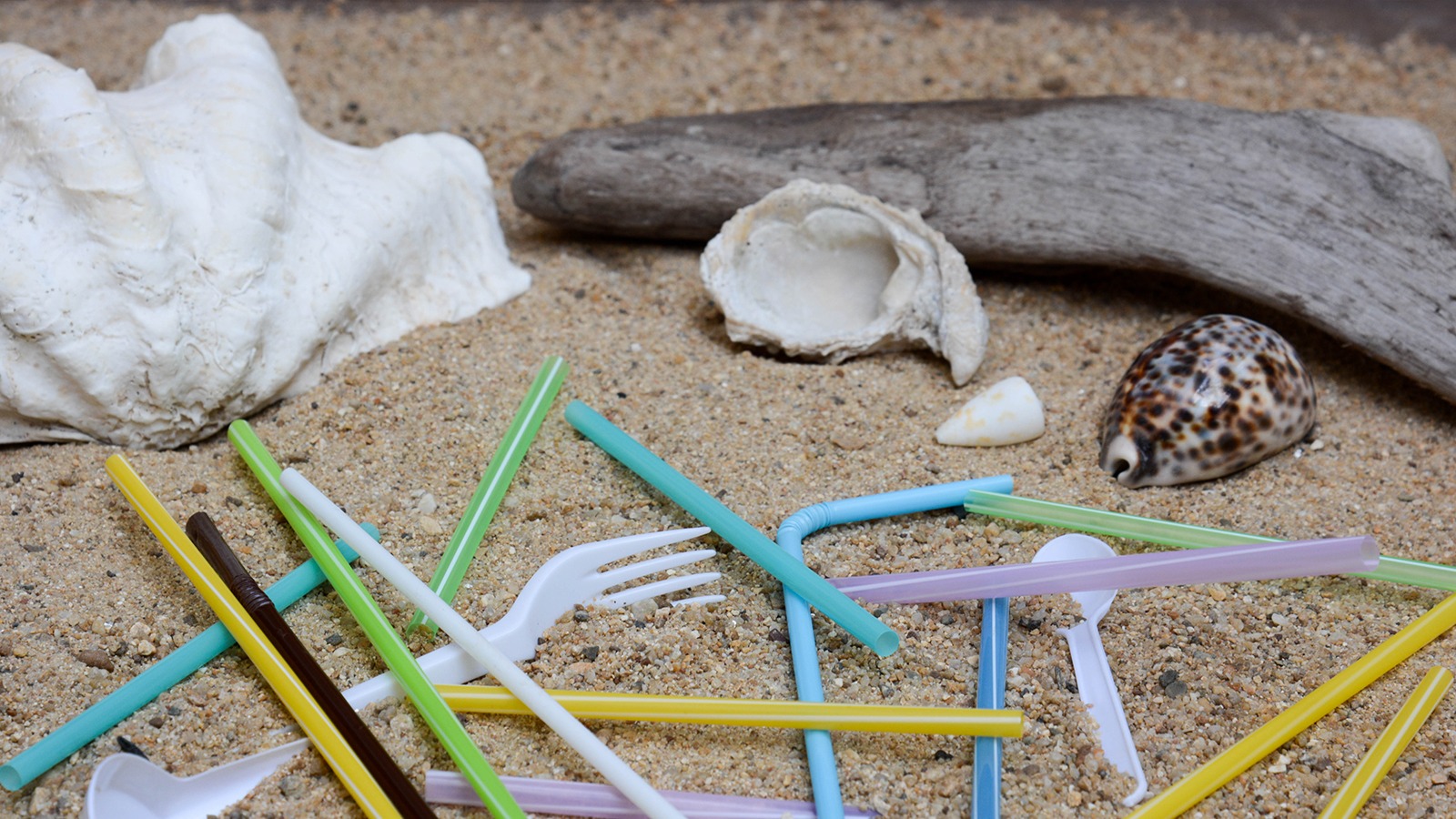
Though just a small, small fraction of all plastic pollution, straws have somehow become a symbol of waste to rally behind.
Many of my friends have voluntarily replaced their daily disposable straws with reusable metal ones in a bid to reduce their plastic usage. Here in Singapore, KFC has stopped giving out plastic straws, and Burger King has just announced that they will follow suit.
Over in the United States, states like Seattle have issued a state-wide straw ban. Chains like Starbucks have also replaced plastic straws with alternatives. It was a big win for anti-straw advocates.
But how much is it helping the environment?
Because, ironically, Seattle’s new “strawless lids” from Starbucks actually increase the chain’s plastic use. The new lids add between 0.32 and 0.88 grams of plastic per drink, compared to the weight of their current plastic lid and straw combo.
Starbucks has responded to this by pointing out that their new, thicker lids are recyclable, whereas the plastic straws currently in use are not.
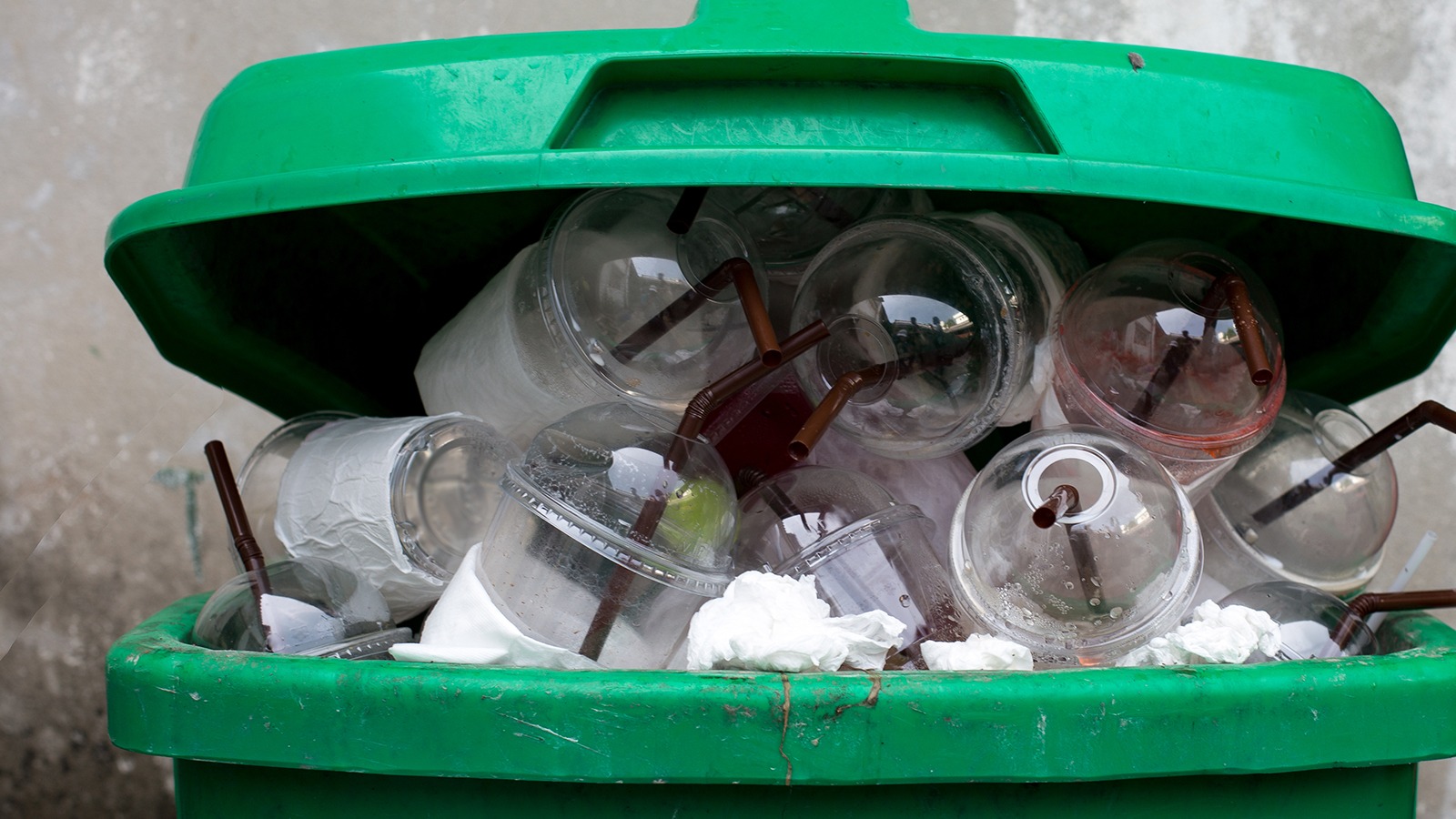
However, it is important to note that in reality, only 9 per cent of the world’s plastic is recycled, due to issues like food contamination, and the cleaning, sorting and preparing costs of recyclable plastic. It is simply that much cheaper to make a new plastic item than to recycle an old one.
It makes no sense to ban straws, only to replace it with something potentially more environmentally-damaging.
Instead, what chains like Starbucks can and perhaps should do is start a programme to reward customers who bring their own cup and refuse disposables completely.
And, not, as this viral Reddit post reveals, simply “use a new plastic cup to make [the] drink, pour it into [the customer’s own, reusable] cup and then throw away the plastic cup”.
But, a straw ban may not be without its merits. Many in the environmental activism sphere views this straw-ban as a “gateway”. Once people realise how easy it is to stop using straws, they may be motivated to eliminate other single-use plastics, like cutlery or bottles, from their lives.
Reusable cotton tote bags
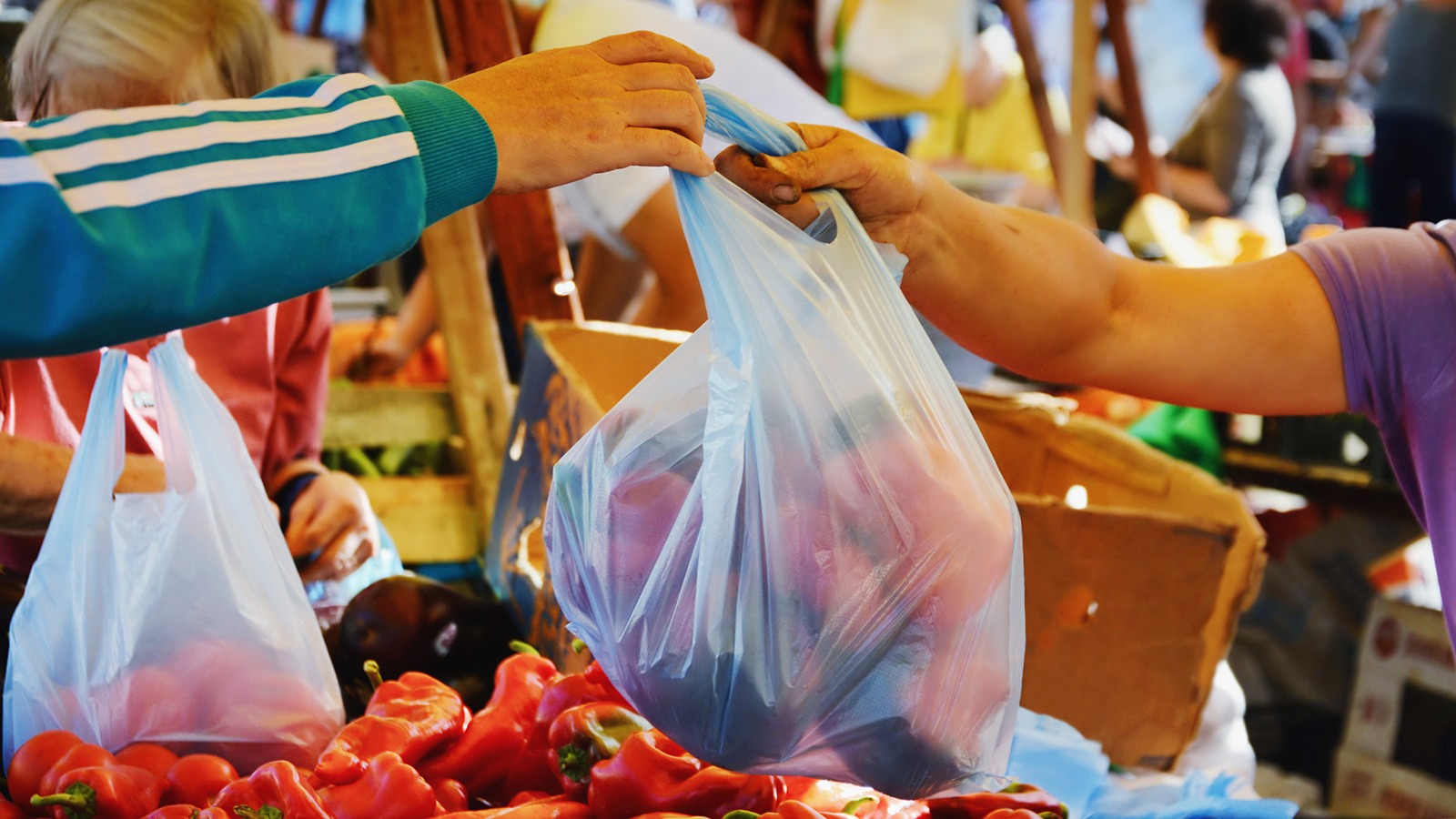
We all know that using plastic bags is bad for the environment – unfortunately, each person in Singapore uses 1.6 plastic bags a day, twice as many as the average Malaysian and thrice that of the average Australian.
So, instead of using disposable plastic bags for an average of 12 minutes before trashing it, many of us have taken to using reusable tote bags.
And certain brands have replaced plastic bags with paper bags.
While this initiative is good, it’s important to keep in mind that, unfortunately, replacements for single-use plastic bags often have a larger environmental impact.
So, how many of us have purchased a reusable plastic bag in NTUC, or attended ‘green’ events and received a free, less-than-aesthetically-pleasing, reusable cotton tote bag (usually emblazoned with the event or company’s logo)?
And, how many of us have used our tote bags just once or twice, and then promptly stashed them away?
Ignoring the fact that many tote bags are made from a blend of cotton and polyester (aka, plastic), life cycle assessments consider a wide range of other factors, including raw materials, energy spent during manufacturing, transport, and its eventual disposal.
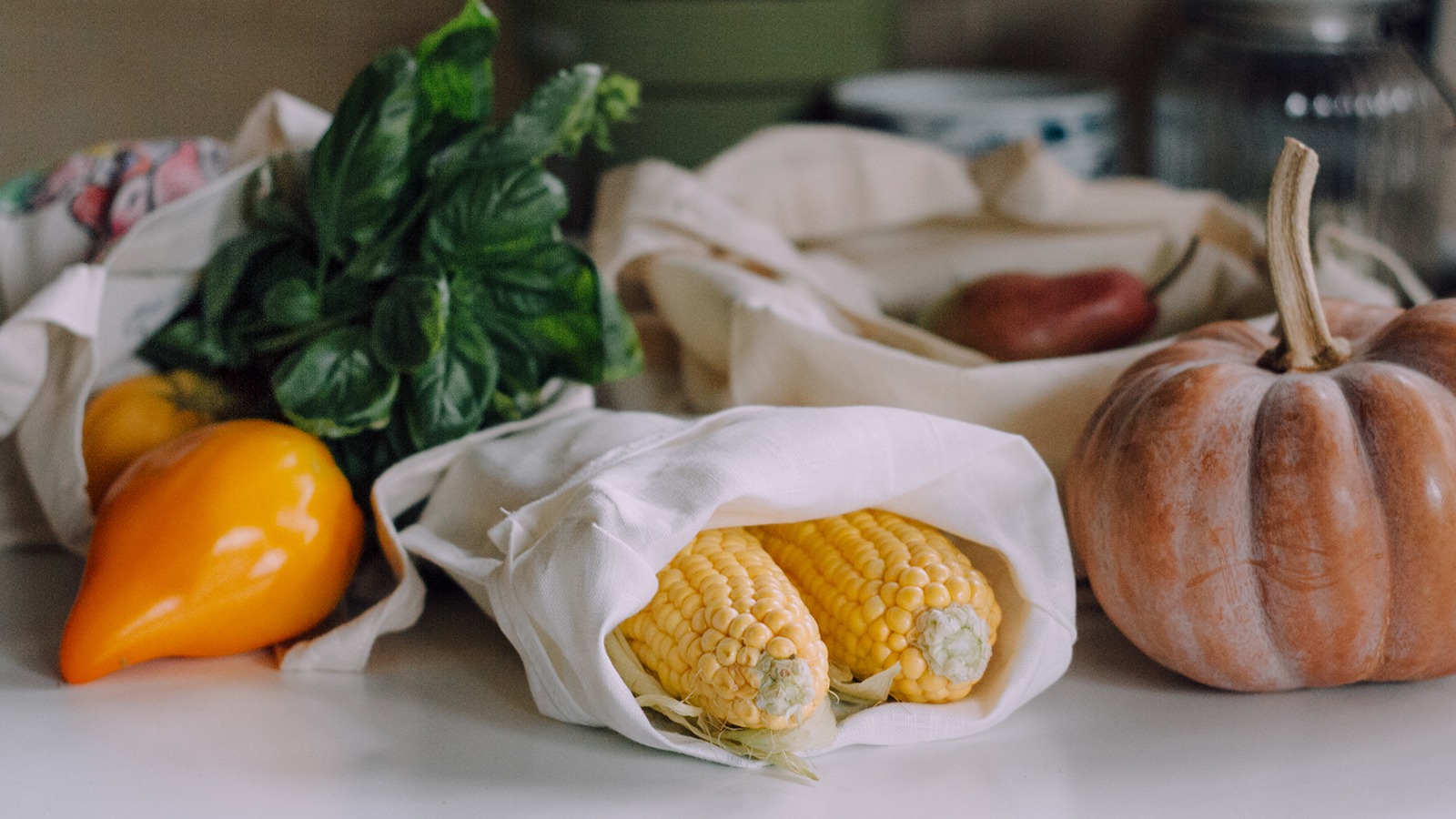
Looking at all of these elements, researchers of a 2018 Danish study found that, in order for a reusable cotton bag to compensate for its environmental impact, it should be used at least 7,100 times. That’s once a day, every day, for the next 19 and a half years. Similarly, a paper bag (like those brown ones from Muji) has to be used at least 43 times.
It’s also worth noting that, according to the Danish study, using organic cotton damages the environment more than non-organic due to higher production and water costs.
Our assumptions about what is environmentally friendly don’t always stand up to scrutiny. Overall, replacing plastic with something else isn’t reducing waste completely – it’s simply replacing one form of waste with another.
A few things to remember:
Banning plastic straws won’t save the ocean. But banning straws brings more attention to the issue of microplastics, and in the long run, might encourage people to forgo other single-use plastics such as bags and bottles.
And, whatever bag type you use, use it as many times as possible. Try to choose bags made from recyclable materials. Avoid bags that have prints or decorations – these bags are a burden to the environment. And finally, never trash a bag – recycle, reuse and repurpose your bags.
As with all matters environmental, it’s essential that we have the right knowledge to make better, more informed decisions.
